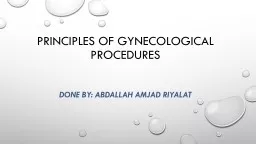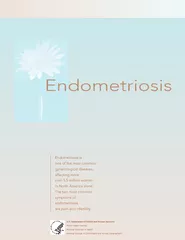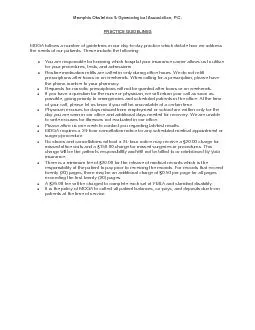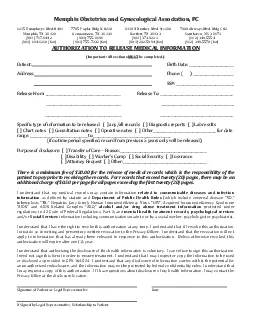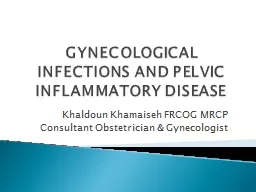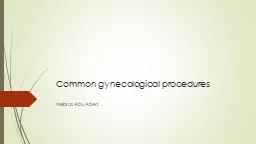PPT-Principles of Gynecological procedures
Author : susan2 | Published Date : 2022-05-17
Done by Abdallah Amjad riyalat Most gynaecological procedures were performed by surgeons SO lets memorize some anatomy Oviduct 1Hysterectomy Major inpatient surgical
Presentation Embed Code
Download Presentation
Download Presentation The PPT/PDF document "Principles of Gynecological procedures" is the property of its rightful owner. Permission is granted to download and print the materials on this website for personal, non-commercial use only, and to display it on your personal computer provided you do not modify the materials and that you retain all copyright notices contained in the materials. By downloading content from our website, you accept the terms of this agreement.
Principles of Gynecological procedures: Transcript
Download Rules Of Document
"Principles of Gynecological procedures"The content belongs to its owner. You may download and print it for personal use, without modification, and keep all copyright notices. By downloading, you agree to these terms.
Related Documents

